
Integrating Posture Analysis Into Psychotherapy for Trauma
As therapists, we are always looking for new ways to help our patients heal from complex trauma. In my own journey as a practitioner, I’ve found that incorporating somatic and energetic practices alongside talk therapy can be incredibly powerful in accessing and transforming deep-rooted issues.
I have a strong identification with the Magician archetype. When I discovered Brainspotting, a brain-based therapy that uses a pointer (which I jokingly call my “magic wand”) to locate and release trauma stored in the subcortical brain, it felt like a perfect fit. I’m passionate about cutting-edge approaches like Emotional Transformation Therapy, qEEG brain mapping, and Jungian psychotherapy that work on the frontier of psychology to rewire the brain and nervous system.
As therapists, we often specialize in the same issues we’ve faced in our own healing. In exploring my relationship to the Magician archetype, I realized how much it informed my way of being in the world. When over-identified with the Magician, I would shrink away socially until I had scoped out the entire room and understood everyone and the unique ways the communicated. I unconciously wanted my presence to seem magical and larger than life. This over-identification turned off all of my confidence until I had certainty and total understanding of my surroundings due to my inability to control my surroundings in childhood. Once confident I could win over the crowd I could be a chaotic, insensitive “mad prophet” that wasn’t sustainable or always kind. A little of this energy is good, and a lot of what makes me me as a therapist and as a person. Howeever that is only after the archetype is concious. When it was unconcious it was destructive. Finding balance in embodying this archetype has been key for my own growth and healing journey.
Somatic practices, physical therapy and posture analysis are powerful ways to uncover and rework the physical imprints of our early experiences and unconscious beliefs. Our posture, breath, muscle tone and movement patterns reflect our histories. By intentionally shifting these patterns, we can send new messages of safety and empowerment to our brains and evoke meaningful transformation. More over we can change the forces that color cognitionand behavior wbefore we are aware of them.
For patients ambivalent about expressing their power and gifts, I often guide them to manifest the Warrior posture – chest and chin up, arms open, taking up space. This can bring up vulnerable and “unallowed” emotions, but also instills a felt sense of deserving to be seen and heard. Pairing somatic interventions with parts work (Like IFS, Voice Dialogue, and Process Oriented Psychotherapy) and Brainspotting or ETT helps access and integrate healing on multiple levels.
In my own process, I discovered that wearing cowboy boots evokes a sense of grounded, masculine strength that was missing in my childhood. They affect my whole demeanor. While I’m not necessarily suggesting all therapists start sporting cowboy boots, I do recommend exploring how clothing and other physical cues can support the shifts we are working towards internally. Our bodies are wise.
Below is a chart outlining how different trauma histories can manifest in our physical presence and how we can work with the body to renegotiate these implicit adaptations. I’ve used the Jungian archetypes as a framework, but you can map this onto your preferred model. As Anodea Judith describes in Eastern Body, Western Mind, ancient traditions like the chakra system and Reiki recognize the embodied wisdom we carry and how physical blocks can impede the flow of our life force. By listening to the body and supporting it to unwind and reorganize, we tap into the innate drive towards wholeness.
While the physical dimension has often been overlooked in Western psychotherapy, collaborating with somatic practitioners can be incredibly valuable. Tuning into our felt sense alongside emotion and cognition accesses the full spectrum of our experience. The body remembers what the mind forgets. In inviting our patients to inhabit their bodies differently, we open up new possibilities and restore their birthright to take up space in the world. And if cowboy boots support them on that journey, I’m all for it.
Work Sheet on Archetypes and Posture
The chakra system provides a complementary lens to understand how our life experiences shape our physical, emotional and energetic patterns. Each chakra corresponds to a developmental stage, bodily region, and universal life theme.
Imbalances in a chakra can manifest as either deficiency or excess in the related qualities and functions. This parallels the under- and over-identification with the Jungian archetypes.
For example, issues with the 1st/Root chakra from early trauma can lead to an under-identified Child archetype, with fear, inability to ground, and poor boundaries. Overcompensation may result in an over-identified pattern of impulsivity and recklessness.
Blocks in the 3rd/Solar Plexus chakra may yield an under-identified Warrior, with low energy, poor willpower and diminished sense of self. Alternatively, an over-identified Warrior may present as aggressive, dominating and hostile.
By observing our somatic tendencies through both Eastern and Western frameworks, we gain a multidimensional understanding of how our systems have adapted to survive and how to compassionately guide them into greater balance and flow. The body is a portal to transformation, individually and collectively.
| Archetype | Under-Identified | Appropriately Identified | Over-Identified | Chakra / Energy System |
|---|---|---|---|---|
| Warrior | Collapsed chest, sunken posture; Shallow breathing, breath held; Fearful, darting eyes; Tight, constricted muscles; Nervous, jittery energy in body | Upright, confident posture; Deep, charging breaths; Clear, focused gaze; Relaxed readiness in muscles; Calm, steady energy flow | Rigid, armored posture; Forceful, aggressive breathing; Intense, tunnel-vision stare; Hyper-toned, bulging muscles; Explosive, volatile energy | 3rd Chakra – Solar Plexus; Element: Fire; Willpower, assertiveness, energy, transformation |
| Magician | Stiff, mechanical movements; Flat affect, blank stare; Shallow, inhibited breathing; Dense, sluggish energy | Supple, dexterous body; Lively, animated face; Easy, expansive breath; Quick, bright energy | Exaggerated, histrionic motions; Frantic, erratic eye movements; Panting, uneven breathing; Chaotic, frenetic energy | 6th Chakra – Third Eye; Element: Light; Intuition, imagination, perception, insight |
| King | Stooped, heavy posture; Burdened, strained breathing; Downcast, world-weary eyes; Thick, stagnant energy | Erect, dignified bearing; Slow, commanding breaths; Surveying, benevolent gaze; Powerful, substantial energy | Puffed up, domineering stance; Huffing, superior breaths; Cold, imperious stare; Dense, overbearing energy | 7th Chakra – Crown; Element: Thought; Wisdom, connection to higher self & purpose |
| Queen | Rigid, restrained movements; Tight, pursed facial muscles; Shallow, constrained breathing; Brittle, sharp energy | Fluid, gracious poise; Soft, receptive face; Deep, gentle breathing; Magnetic, alluring energy | Overly accommodating posture; Saccharine, cloying expressions; Breathy, seductive voice; Cloying, invasive energy | 2nd Chakra – Sacral; Element: Water; Emotions, sensuality, intimacy, creativity |
| Child | Stiff, awkward body; Blank, empty eyes; Small, timid breaths; Contracted, fearful energy | Relaxed, flexible body; Bright, curious gaze; Free, easy breathing; Open, trusting energy | Uncoordinated, impulsive motions; Frenzied, unsettled eyes; Panting, irregular breaths; Boundless, uncontained energy | 1st Chakra – Root; Element: Earth; Safety, nourishment, trust, belonging |
| Lover | Rigid, closed off posture; Flat, disengaged face; Tight, restricted breath; Cool, withholding energy | Soft, receptive body language; Warm, inviting eyes; Deep, savoring breaths; Sensual, engaging energy | Clingy, desperate posture; Pleading, hungry eyes; Gasping, needy breathing; Consuming, suffocating energy | 4th Chakra – Heart; Element: Air; Love, compassion, relationship, healing |
.

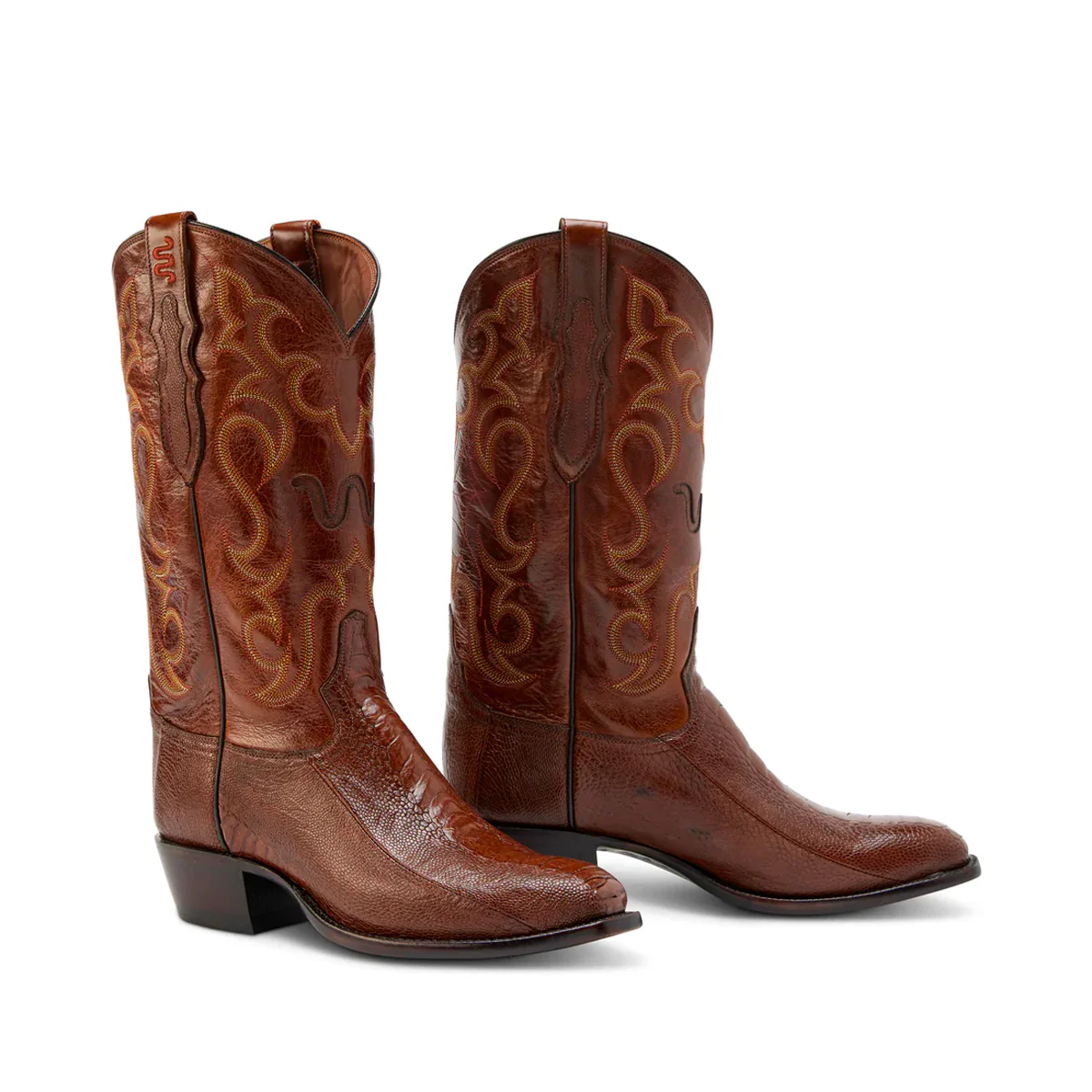


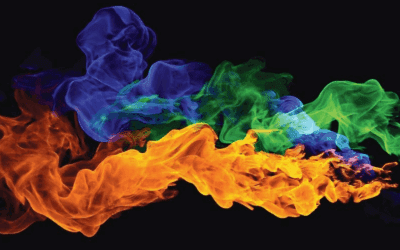
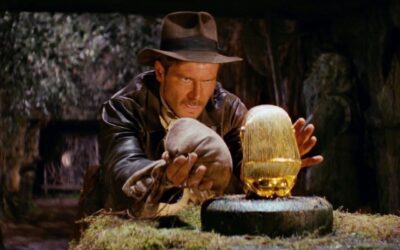
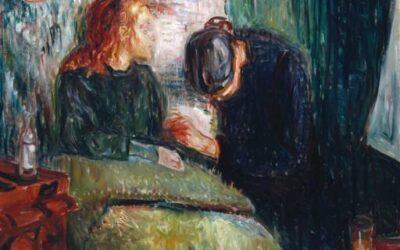
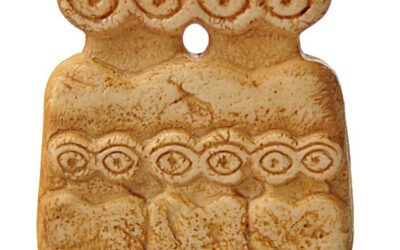
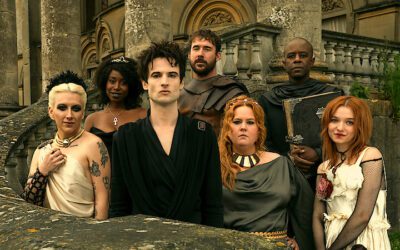
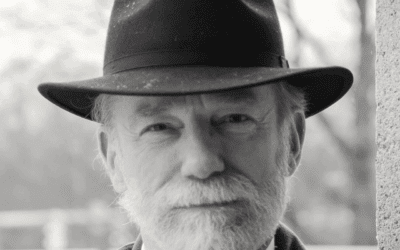
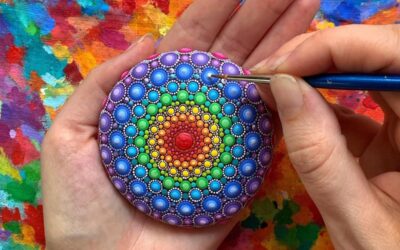
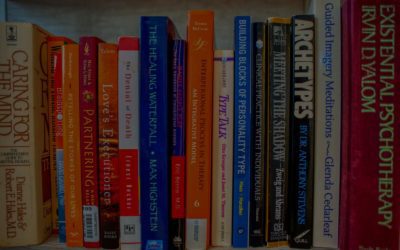
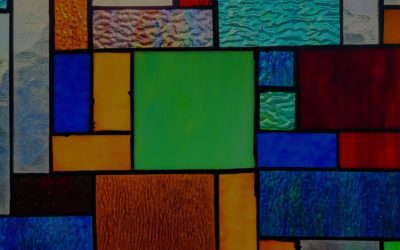
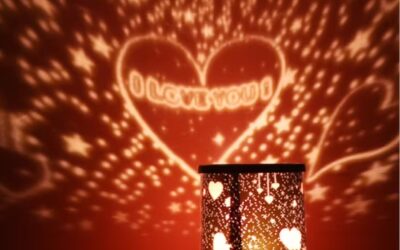

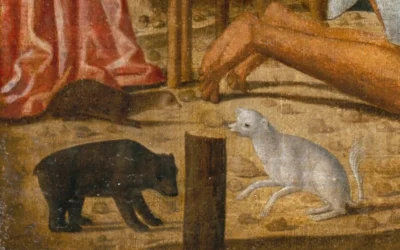
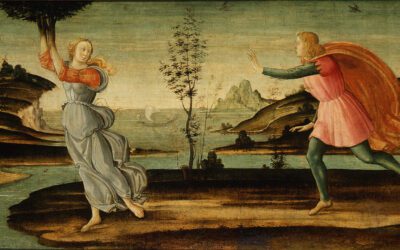

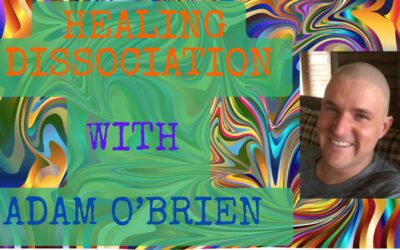
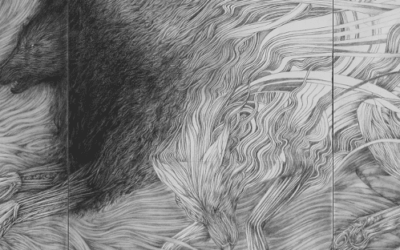
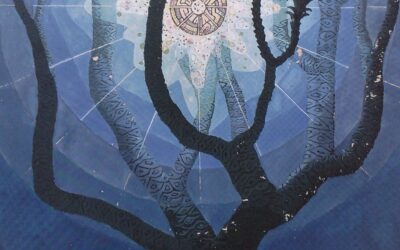
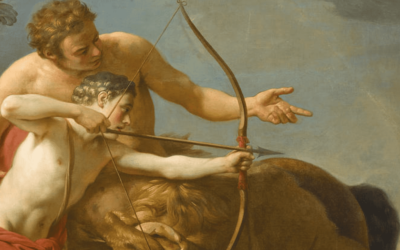

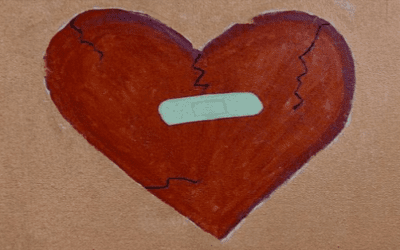


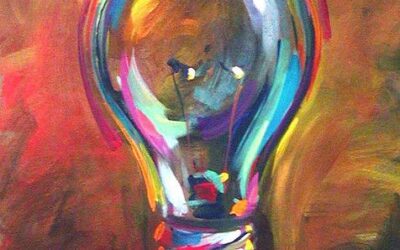
0 Comments